In traditional hair transplantation, the best source of follicles is usually the back of the scalp, and above the neck and ears, which is the area most resistant to hair thinning. However, the scalp donor is a finite resource, and not all patients may have sufficient donor hair in this region. In such cases, beard or chest hair may serve as an alternative resource for extracting grafts in order to get the better density. These additional options provide extra grafts when scalp supply is insufficient. Over the past 20 years, advancements in Follicular Unit Excision (FUE) technology have made it possible to repair such cases by harvesting and transplanting hair follicles from other parts of the body, not just the scalp. While beard hair is thicker and stronger for implantation, chest hair is not as strong as beard hair. Chest hair generally does not last as long and tends to fall out permanently after implantation. The best body donor follicles for scalp transplantation are those that produce hair most similar in length, texture, and growth characteristics to hair from the scalp donor area. The beard is often considered the second-best donor source after the back side of the head. Beard follicles are usually strong and resistant to hair loss, which makes them reliable for transplantation. This is especially important for patients who do not have sufficient number of grafts in donor area. Beard hair has a thicker structure compared to scalp hair, which provides more density when transplanted. It is often used to fill areas like the crown or mid-scalp where extra volume is needed. It can also help to repair failed hair transplants by adding stronger grafts. In cases where previous procedures have left patchy or weak results, beard grafts provide a more durable option to improve density and coverage. Their strong nature makes them particularly effective in reinforcing areas where scalp grafts may not thrive, helping to achieve a more natural and lasting result. Chest hair is very different from scalp hair in terms of structure and growth. It is usually thinner, softer, and shorter, which makes it more difficult to blend naturally on the head. Unlike beard hair, which is thick, chest hair does not provide the same level of density or coverage. One of the biggest concerns is that chest hair often does not remain permanant after a hair transplant. Unlike beard or scalp hair, chest hair is usually not resistant to hair loss. It has a shorter growth cycle, meaning it grows for only a few months before falling out. Even after transplantation, it can shed, making the positive results temporary and less reliable. Furthermore, chest hair usually grows sparsely and unevenly, which means there aren’t enough high-quality grafts available. Eventually, this also makes chest hair as an unsuitable donor source for a hair transplant.Using Beard For Transplant
Advantages of Using the Beard Grafts:
Disadvantages of Using the Beard Grafts
Using Chest Hair for Transplant
Can Beard or Chest Hair Be Used for Hair Transplant?



 Deutsch
Deutsch
 English
English
 français
français
 italiano
italiano
 Türkçe
Türkçe
 русский
русский
 한국어
한국어

